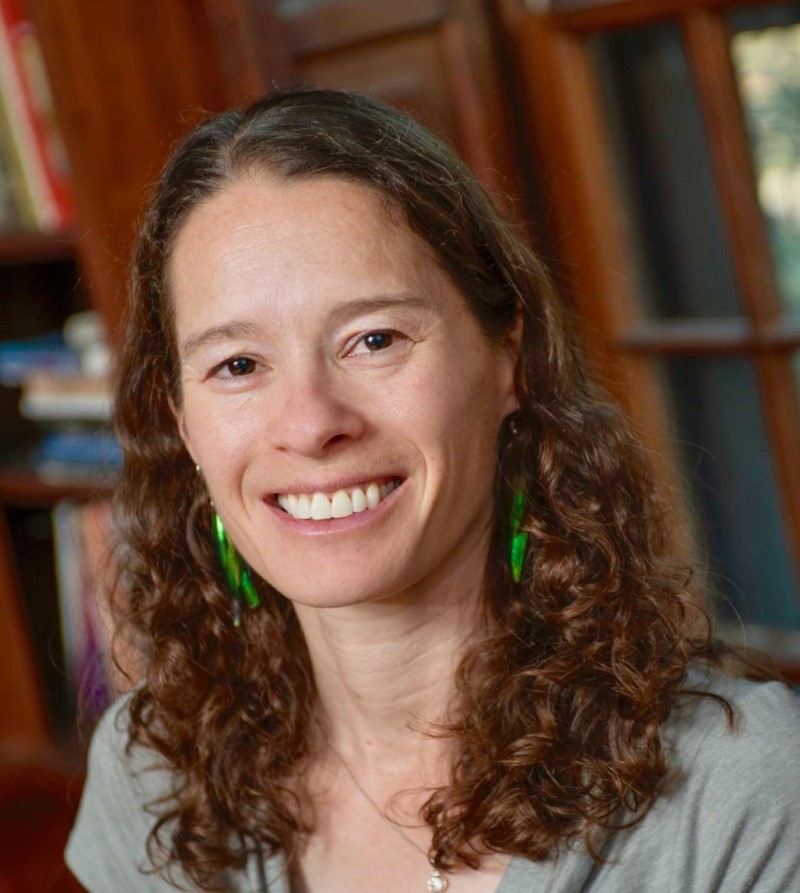A new J. R. Soc. Interface study highlights how the geometry of animal noses can aid the creation of filters. Take a read of our Q&A with Professor Jung to find out more.

A new Journal of the Royal Society Interface Research Article explores how the geometric structure of animal noses can help inspire the design of filters that can be used in industrial applications and face masks. Professor Sunghwan Jung at Cornell University College of Agriculture and Life Sciences told us more about the study and its potential for real-life applications.
1. Please can you provide some background to your study
This study is inspired by the distinct structure of tortuous gaps in animal noses, where complex flow patterns may arise when air passes through nasal cavities. They create low-pressure vortices along tortuous internal pathways that trap a significant fraction of small particles in the nasal tissues. That is why many animals can smell better than humans: e.g., 50 times for mice, 200 times for dogs, and 700 times for pigs. On the other hand, engineering systems also need the same function to collect particles from particle-laden dirt air and liquid flows. The study attempts to translate nature’s design of olfactory capabilities to particle filters by simplifying the channel geometries. Our multi-institutional collaborative project brings together theoretical, experimental, and computational fluid mechanics skillsets, resulting in an in-depth biological and geometric characterisation of anatomic features.
2. What are the benefits of the masks you have designed compared to commercial masks already on the market?
Most current masks are based on random arrangements of thin fibres resulting in diverse air paths, short life spans, and relatively high-pressure drops. Such randomly-arranged fibres are easy to manufacture; however, they are not necessarily optimised to collect particles. Our concept is printable, reusable, scalable, and offers a comparatively low-pressure drop – implying air could be drawn into these filters with relatively less energy expenditure.
3. Do you have any plans to scale up production of your masks?
Our concept is scalable and can be used as filters for industrial applications and face masks. The conceptual design is available as supplementary information. While we do not have any specific plans to commercialise or manufacture these masks for mass production yet, the design is amenable to rapid adaptation for use in other applications, including for pathogen screening inside smaller confined spaces with recirculating air, e.g., as baffles fitted on ventilation ducts inside cars or aircraft cabins.
4. How will these masks aid future pandemic preparedness?
We have proposed a complementary concept that reduces pollutant intake at low energy expenditures. Just like a century ago when water sanitation was a major global challenge, similarly in a post respiratory pandemic world, air sanitation has become an important issue. Our bio-inspired filter adds a pivotal piece to our toolbox for novel and state-of-the-art air sanitation techniques. The filter can be used in industrial processes, building ventilation systems, and protective masks. Its scalability and relatively low energy requirement make it an attractive option.
Image credit: Jisoo Yuk and Sunny Jung
Take a look at our website to read more innovative research at the boundary of physics and biology: https://royalsocietypublishing.org/journal/rsif



